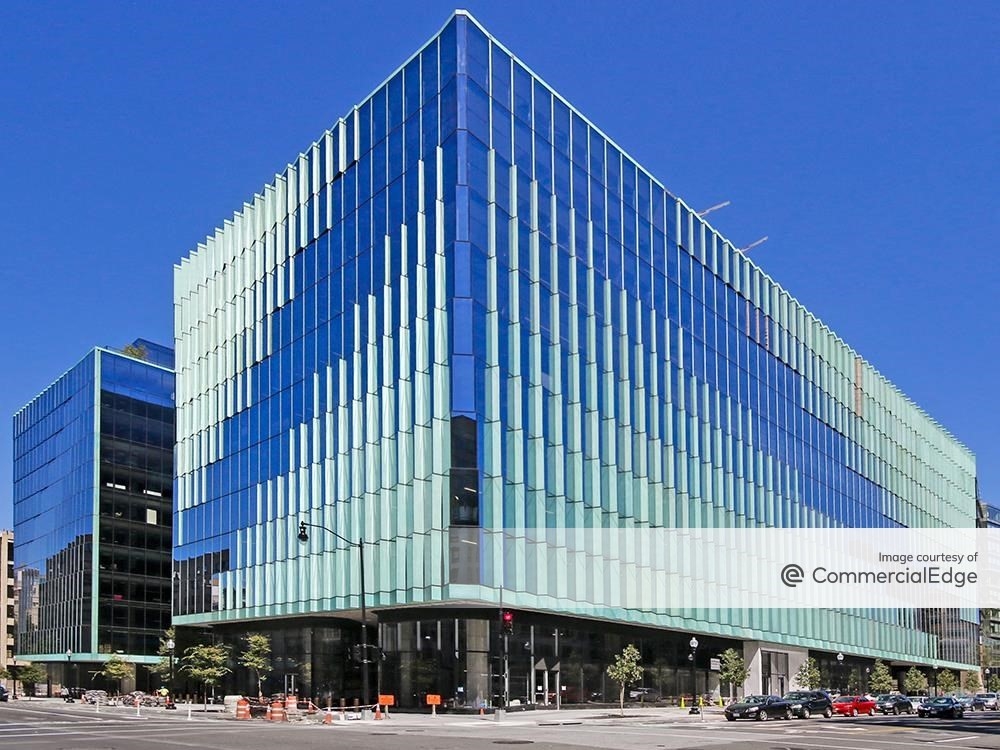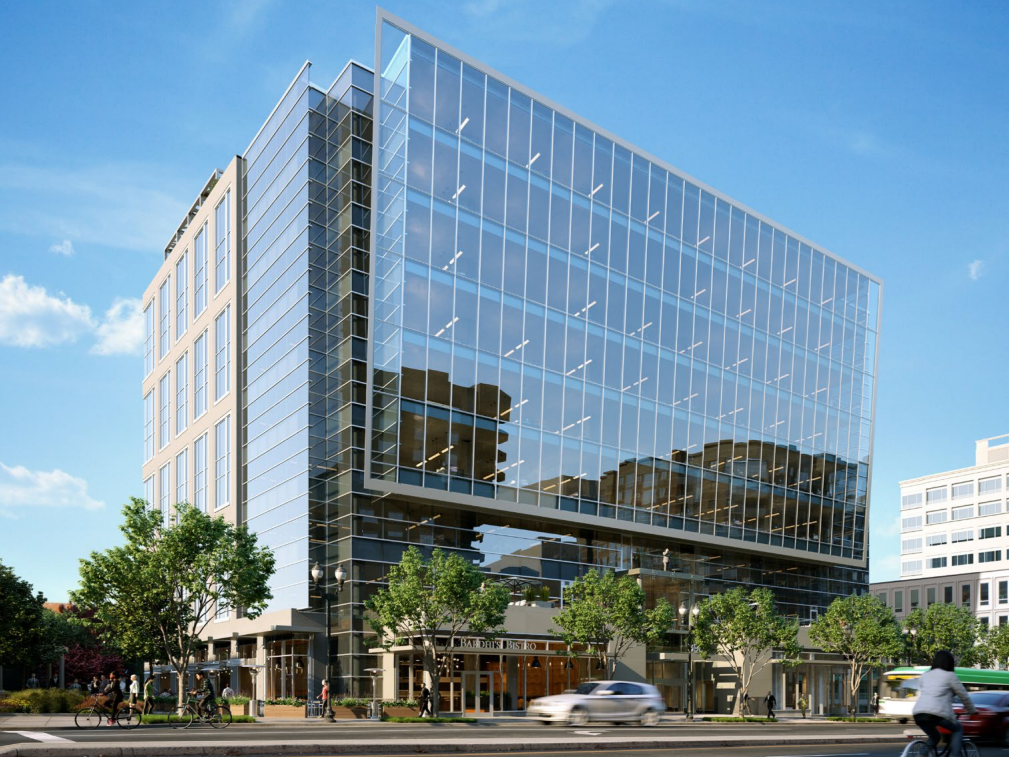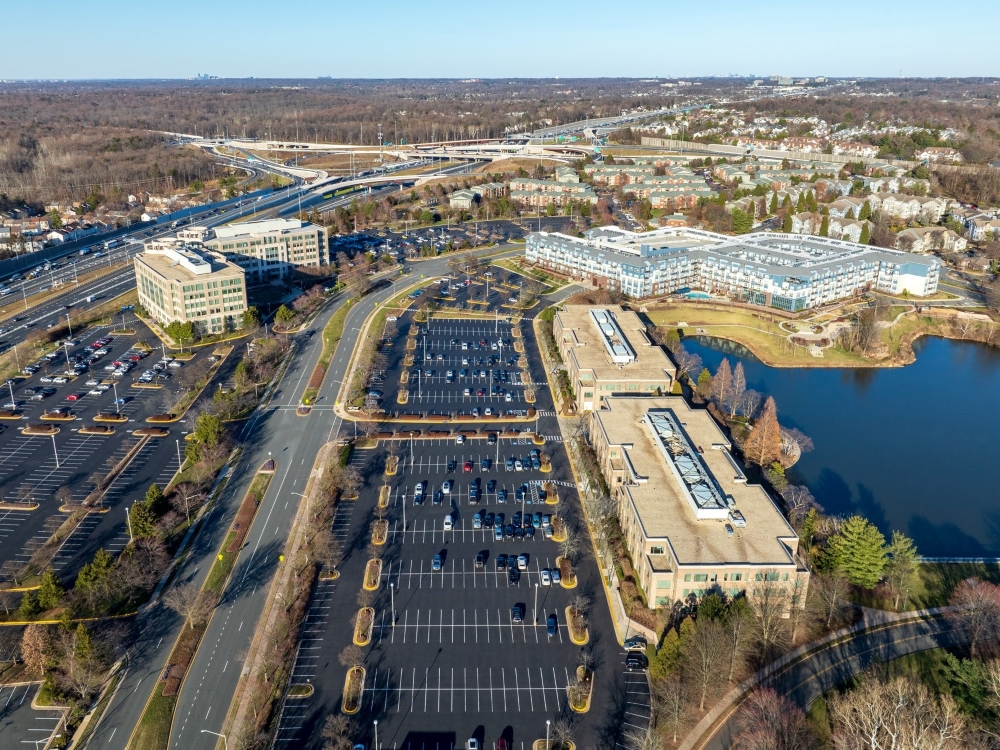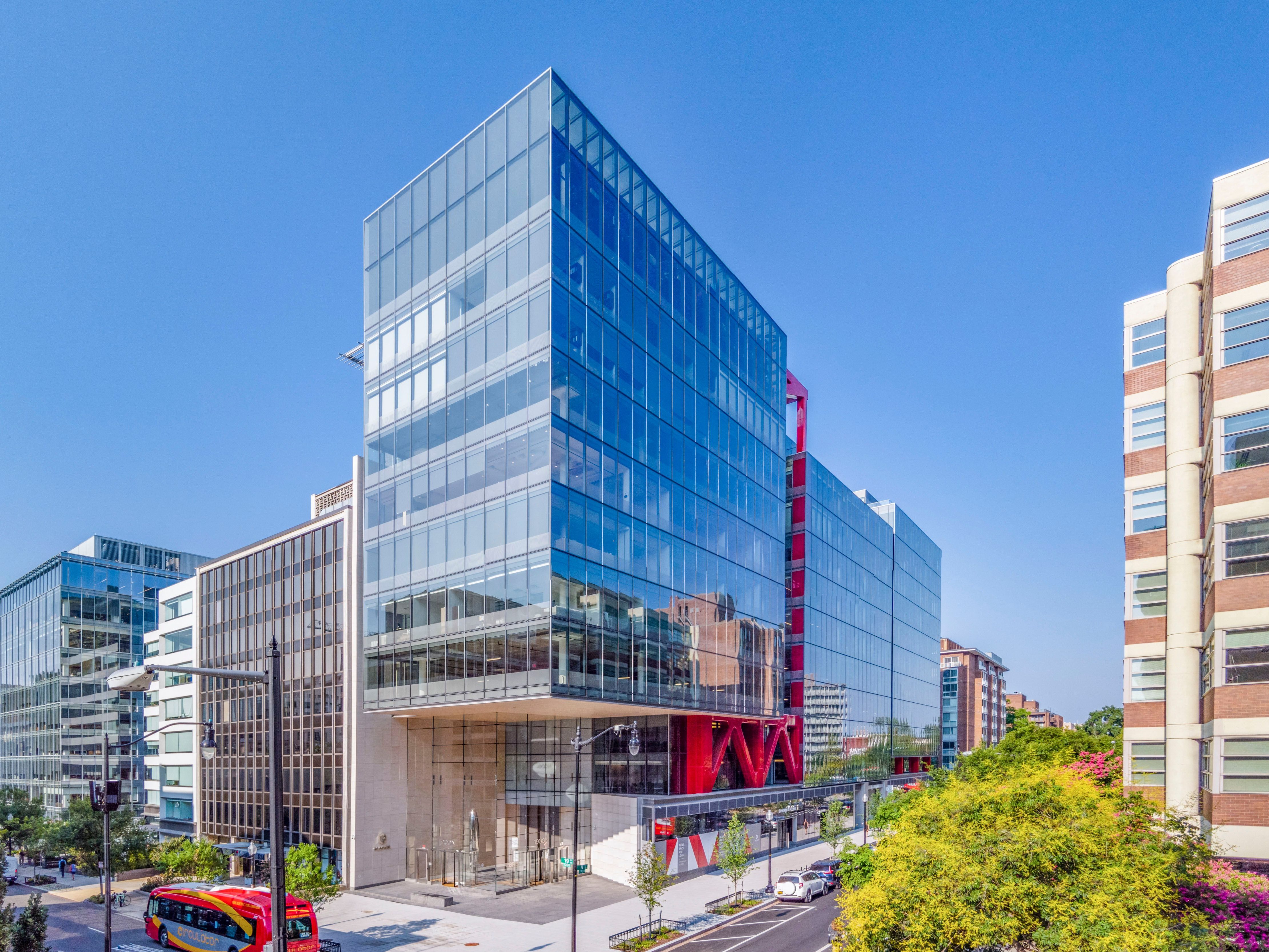DC Office Sector Struggles to Maintain Course


Washington, D.C.’s office sector ended the third quarter without much improvement across fundamentals when compared to last year, the latest CommercialEdge data reveals. Although it ranked second for investment volume nationwide, with $2.3 billion trading through September, the third quarter was the slowest.
Some of these office sales are tied to owners seeking to reduce their exposure to the asset, as vacancy continued to climb over the past 12 months, while property values dropped. A growing share of office owners are considering converting their properties into housing or other uses.
Rooted in the rise of these types of redevelopments, CommercialEdge has created the Conversion Feasibility Index. Powered by Yardi, this tool provides property-level scores assessing the potential for residential conversions of office buildings. Washington, D.C., currently has 72 office properties that have a score between 90 and 100, placing them in the top tier for a potential conversion.
Developers focus on high-quality assets
Washington, D.C., developers had 1.8 million square feet of office space under construction in September. Activity diminished through the third quarter—this amount of space was a 0.5 percent expansion of the market’s total inventory, half of the national figure. Adding planned and prospective projects into the mix, the pipeline was at 3.3 percent of stock.
Compared to its peer gateway markets, metro D.C.’s office sector was near the bottom of the list in terms of construction as a share of total inventory. It lagged Manhattan (0.6 percent), Los Angeles (0.9 percent), San Francisco (2.9 percent) and Boston (4.6 percent), but was ahead of Chicago (0.3 percent).
Developers are opting for high-quality assets, as all but one of the properties under construction were either A or A+. As Janet Pogue McLaurin, global director for workplace research at Gensler noted in this in-depth article on office design trends, today’s workspaces tend to be more inviting, comfortable and people-focused—which more often than not translates to high-quality assets.

Case in point, one of the largest office properties to come online in metro D.C. this year was Skanska’s 3901 Fairfax Drive. Arcadia Inc. designed the 201,000-square-foot building to provide abundant natural light, an 8,000-square-foot outdoor plaza and 4,000 square feet of terraces.
Overall, Washington, D.C., added a total of 1.6 million square feet of new office space in the first three quarters this year, across nine properties. Deliveries were down 62.1 percent when compared to the same period last year. Only two properties broke ground this year through September, amounting to 577,000 square feet.
Investments double, but property values continue to drop
In the first three quarters of the year, D.C. investors traded a total of $2.3 billion across 80 office assets. The transaction volume nearly doubled year-over-year, with the metro ranking second nationwide for total investment. Manhattan took the lead with $2.7 billion in sales.
Assets in metro D.C. traded for an average of $235 per square foot, which was nearly 40 percent more than the national figure. Among other gateway markets, Washington, D.C., stood in the middle, with Boston ($159) and Chicago ($94) assets trading for less, while San Francisco ($268), Los Angeles ($320) and Manhattan ($379) properties remained pricier on average.

MRP Realty closed on one of the largest transactions this year. It purchased the 297,002-square-foot building at 616 H St. N.W., in the CBD for $225 million, or $983 per square foot. However, this transaction underlined the overall trend for D.C. office sector transactions—the asset traded for roughly 30 percent less than its previous sale in 2014.
Another significant deal that mirrored this trend was Finmarc Management’s acquisition of Trinity Centre in Centreville, Va., for $39.4 million from Spear Street Capital LLC and Partners Group. The 500,000-square-foot four-building property changed hands for roughly a third of its previous sale price.
Vacancy grows amid few deals taking shape

Vacancy across metro D.C.’s office sector increased 180 basis points year-over-year, to 17.4 percent as of September. However, the metro remained 180 basis points below the national figure, as well as below two of its peer gateway markets—Chicago (19 percent) and San Francisco (27.6 percent). Meanwhile, Manhattan (16.8 percent), Boston (16.4 percent) and Los Angeles (16.3 percent) fared better.
One of the largest leases in the second half of the year was a downsizing deal. Fannie Mae signed a new, long-term agreement for 340,000 square feet in downtown D.C. The government-sponsored enterprise will downsize from its previous, 713,500-square-foot commitment at Carr Properties’ and IGIS Asset Management’s Midtown Center.
A few other deals took shape, such as Commerz Real AG’s full-floor lease at 1900 North St.; KIPP DC’s commitment for 16,000 square feet at Signal House; and BGR Group’s 40,000-square-foot agreement with Mitsui Fudosan at the Homer Building.
Washington remains the most affordable shared space market
Washington, D.C. had some 6.4 million square feet of shared office space across 266 locations as of September. This was 1.6 percent of the total leasable office stock, 60 basis points less than the national figure.
Compared to its peer markets, Washington, D.C., had overall a smaller coworking sector as a share of total office inventory. Chicago (2.0 percent), San Francisco (2.1 percent), Los Angeles (2.2 percent) and Manhattan (2.2 percent) all had a larger shared office component.
The nation’s capital was the most affordable market for shared space, with rates as low as $80 per month, according to CoworkingCafe. At the other end of that spectrum, New Jersey and Chicago were the most expensive, with average rates at $210 and $205, respectively.
The post DC Office Sector Struggles to Maintain Course appeared first on Commercial Property Executive.





